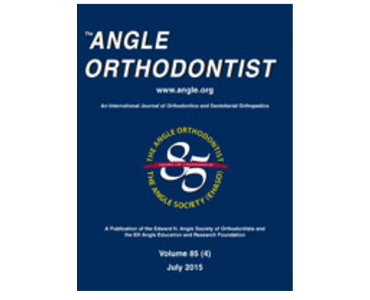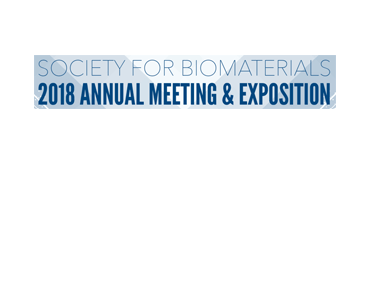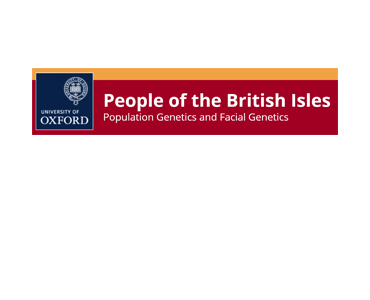Evaluation of facial asymmetry in patients with juvenile idiopathic arthritis: Correlation between hard tissue and soft tissue landmarks. S Economou, P Stoustrup, KD Kristensen, M Dalstra, A Küseler, T Herlin, TK Pedersen.
Date: May 2018. Source: American Journal of Orthodontics and Dentofacial Orthopedics, Volume 153, Issue 5, Pages 662–672. Hightlights: • Soft-tissue and hard-tissue asymmetries in JIA patients are correlated. • In JIA patients, asymmetries are most pronounced in the lower facial third. • Glabella had the least deviation. • Pogonion presented the largest level of deviation.…










